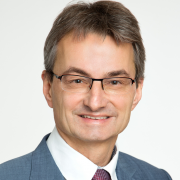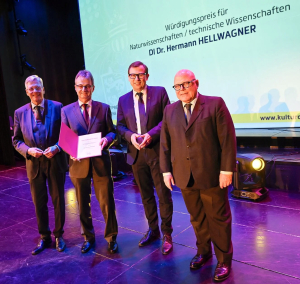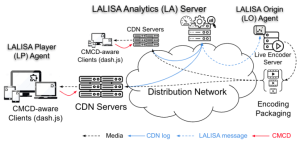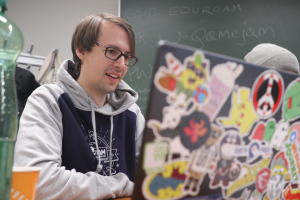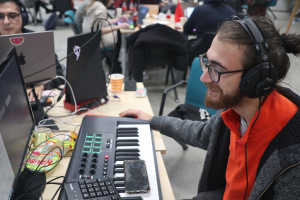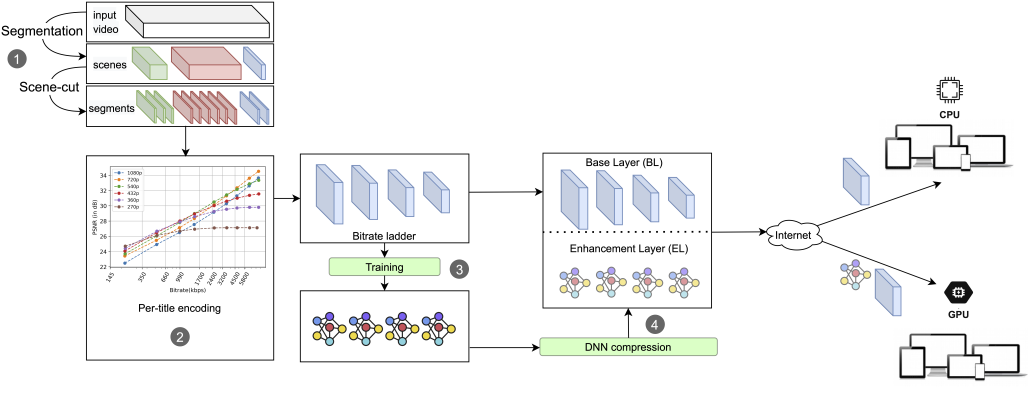Journal Website: Journal of Network and Computer Applications
[PDF]
Samira Afzal (Alpen-Adria-Universität Klagenfurt), Vanessa Testoni (unico IDtech), Christian Esteve Rothenberg (University of Campinas), Prakash Kolan (Samsung Research America), and Imed Bouazizi (Qualcomm)
Abstract:
Demand for wireless video streaming services increases with users expecting to access high-quality video streaming experiences. Ensuring Quality of Experience (QoE) is quite challenging due to varying bandwidth and time constraints. Since most of today’s mobile devices are equipped with multiple network interfaces, one promising approach is to benefit from multipath communications. Multipathing leads to higher aggregate bandwidth and distributing video traffic over multiple network paths improves stability, seamless connectivity, and QoE. However, most of current transport protocols do not match the requirements of video streaming applications or are not designed to address relevant issues, such as networks heterogeneity, head-of-line blocking, and delay constraints. In this comprehensive survey, we first review video streaming standards
and technology developments. We then discuss the benefits and challenges of multipath video transmission over wireless. We provide a holistic literature review of multipath wireless video streaming, shedding light on the different alternatives from an end-to-end layered stack perspective, reviewing key multipath wireless scheduling functions, unveiling trade-offs of each approach, and presenting a suitable taxonomy to classify the
state-of-the-art. Finally, we discuss open issues and avenues for future work.





